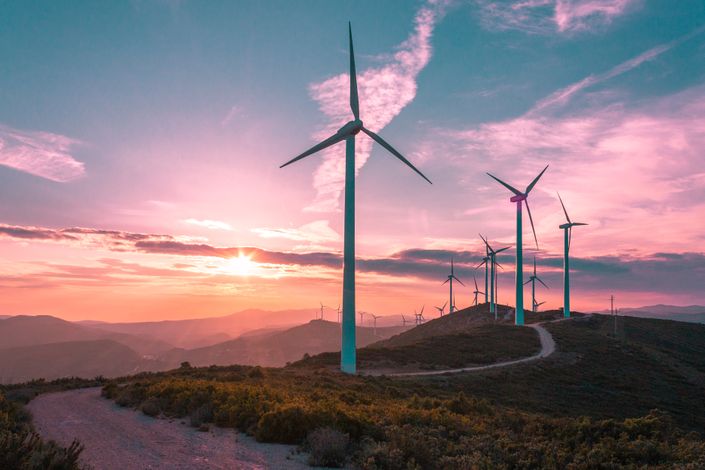What is Power Purchase Agreement in Project Finance?
Author: Greg Ahuy
Date: December 1, 2020
In today’s article, we will discuss how renewable projects sell energy under power purchase agreements.
A power purchase agreement or PPA is a long-term contract between the energy seller, which is typically an independent power producer and the buyer called an off-taker, which can be a private or public utility.
The buyer is called an off-taker in Power Purchase Agreement because he takes all of the output of the power producer.
The most important terms of the PPA for a renewable energy project are:
-Fixed energy price per megawatt-hour delivered;
-Price escalation formula;
-Energy volume - how many megawatt-hours we will sell per year?
-Contract tenor - what will be the length of the contract?
-Delivery point - where shall energy be delivered?
Note that fixed energy price means that once PPA is signed, the energy price is non-negotiable!
Energy Sales for Wind and Solar Projects
The energy sales under the wind PPA and solar PPA are slightly different.
Under the wind PPA, the off-taker has to purchase all of the energy produced by the wind project.
Even if the off-taker does not need the energy, it has to pay the energy seller for the full amount of the energy produced.
Therefore, the PPA for wind projects follow a take or pay structure.
The off-taker has to take the delivery of the energy produced and pay, or, even if it does not take the delivery, it still has to pay.
Note that the off-taker requires the wind farm to maintain a certain percentage of mechanical availability of the turbine, which is typically 95%.
Failure to maintain required turbine availability results in liquidated damages, which are cash penalties payable to the off-taker. The PPA will include the formulas of how these liquidated damages need to be calculated.
If the failure to maintain required turbine availability is not cured within a specified period, an event of default takes place under the PPA, and the off-taker can terminate the PPA.
Under the Solar PPA, the off-taker must purchase the committed energy output. The committed energy output is a forecasted energy output that will be sold to the off-taker.
Similar to the wind PPA, solar PPA follows a “take or pay” structure. The off-taker is obliged to purchase committed energy production, even if the off-taker does not need the energy.
Note that the off-taker usually requires the energy seller to generate committed energy output during the PPA’s tenor.
Typically, the energy seller has to be able to generate at least 85% of the committed energy output subject to the solar conditions at the site.
Failure to generate 85% of committed energy, results in cash penalties payable to the off-taker, and, if not cured within a specified period, leads to a material breach of the PPA.
So, the PPA structured as “take or pay” contract, creates a long-term, secure stream of revenue for the energy seller, as long as the energy seller is able to fulfill its obligation to maintain guaranteed availability in case of the wind project, or generate committed energy output in case of the solar project.
Energy Sales Formula
The energy sales are calculated following a simple formula.
Energy price times actual energy output times generation curtailment is equal to revenue.







